Spouse Liliana Sanchez Political party Radical Change | Name Enrique Penalosa Siblings Gil Penalosa Role Politician | |
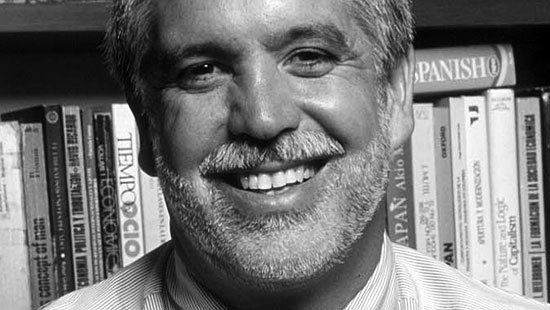 | ||
Preceded by Paul Bromberg Sylverstein Born September 30, 1954 (age 71) Washington, D.C., United States ( 1954-09-30 ) Other politicalaffiliations Partido Verde, Independent Alma mater Duke UniversityInternational Institute of Public Administration Children Martin Enrique Penalosa, Renata Penalosa Parents Enrique Penalosa Camargo, Cecilia Londono Similar People Profiles | ||
Pregunta yamid enrique pe alosa alcalde mayor de bogot
Enrique Peñalosa Londoño (born September 30, 1954, Washington, DC) is a Colombian politician. He was mayor of Bogotá from 1998 until 2001, and was re-elected in 2015 for the 2016–2019 term. He has also worked as a journalist and consultant on urban and transportation policy. In 2009, Peñalosa was elected President of the Board of Directors of the Institute for Transportation and Development Policy (ITDP), a non-profit organization headquartered in New York. Peñalosa resigned from the ITDP board in 2015 upon his election.
Contents
- Pregunta yamid enrique pe alosa alcalde mayor de bogot
- Enrique pe alosa planning cities for people an international perspective
- Early life and education
- Entry into politics
- Mayor of Bogot
- Controversy during his first term
- Candidate for a second term as Mayor
- Presidential candidate
- Doctoral and master degree claims scandal
- Awards
- References

In 2016, Colombian media made public that he fabricated a PhD and a master's degree in "public administration" and "government", which had been claimed in his books, public CV, and several public profiles. His master's degree is now in question due to the discovery that he never earned an equivalent title in Paris; the École Nationale d'Administration reported to Colombian journalists that the title obtained does not, under any circumstance, correspond to a master's degree
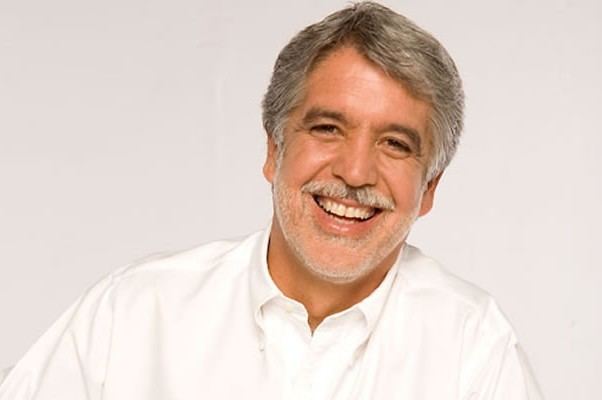
Enrique pe alosa planning cities for people an international perspective
Early life and education
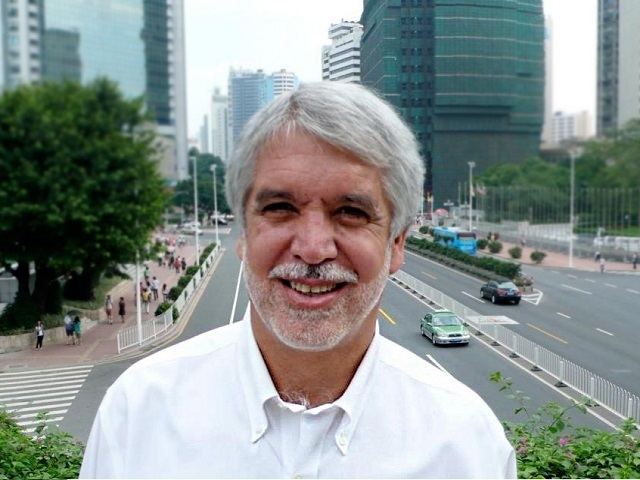
Peñalosa was born in Washington, DC to Cecilia Londoño and Enrique Peñalosa Camargo, former Minister of Agriculture at the UN and permanent ambassador for Colombia to the UN. During his childhood, Peñalosa studied at Gimnasio Campestre and the Colegio Refous. His family moved to the United States when he was 15 years old for his father's work as the ambassador of Colombia to the UN. He attended Duke University, where he earned a bachelor's degree in Economics with a partial football scholarship. He used to claim that he had completed a doctorate in Public Administration in the University of Paris, and a master's degree in Government at the École nationale d'administration but multiple inquires to the universities and national archives have shown no results on the matter.
Entry into politics
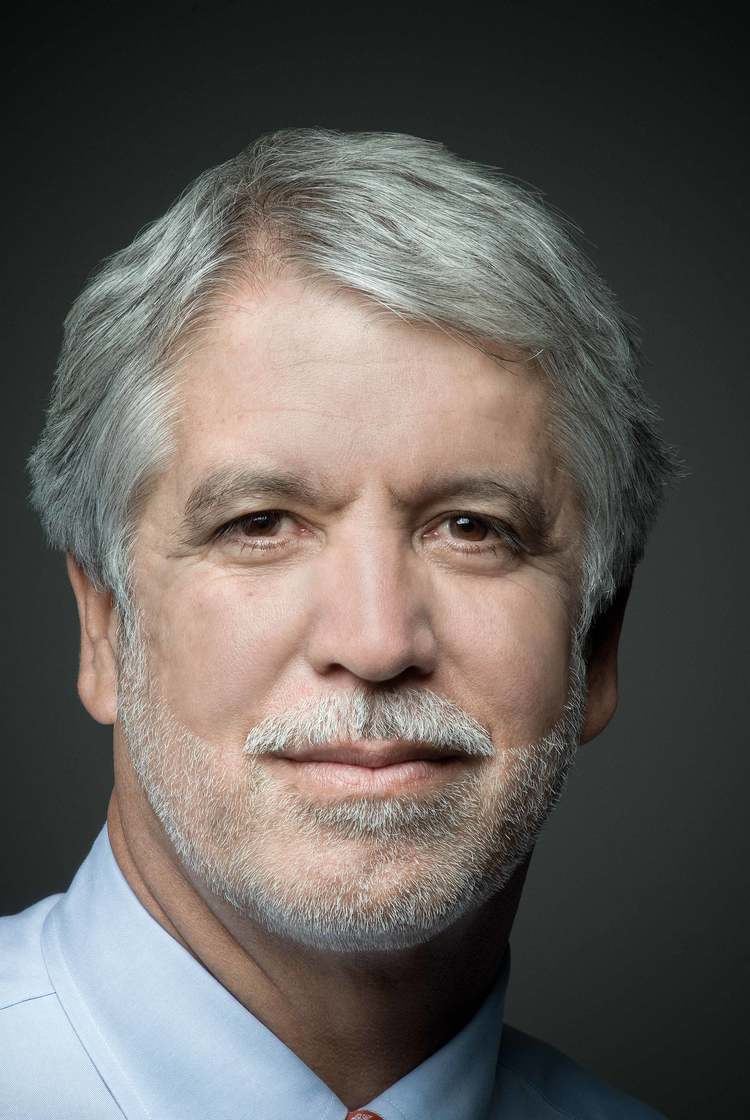
Peñalosa began his political life by attending the liberal presidential candidate Luis Carlos Galan's Youth groups of followers in Bogotá while working for the state-owned water supply company, Empresa de Acueducto de Bogotá (EAAB). He later supported Julio César Sánchez, a Cundinamarca local political chief, who in return, helped him get elected as that department's Deputy.
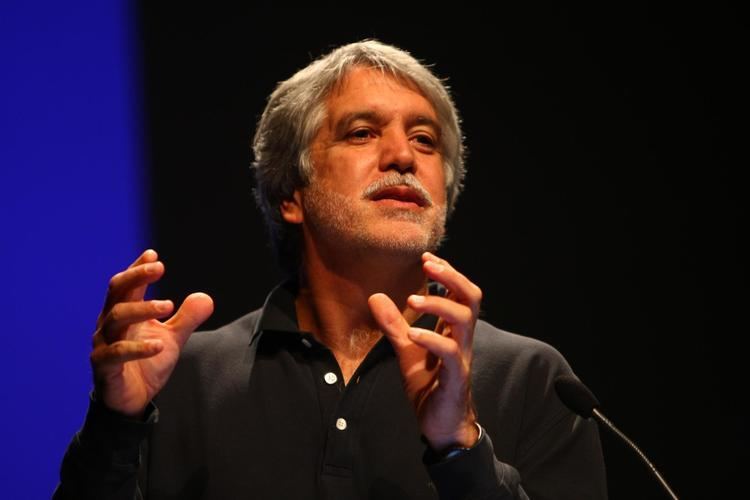
He was later chosen by president Virgilio Barco, a friend of his father, as an economic advisor in 1986. In 1990, he ran for congressman without the support of any politician and got elected with 22,000 votes. He only remained in that position for a year because the Colombian Congress was closed due to corruption and a referendum for a new Colombian Constitution was proposed. However, in those 12 months, he presented many projects and managed to pass a reform law to change congress.
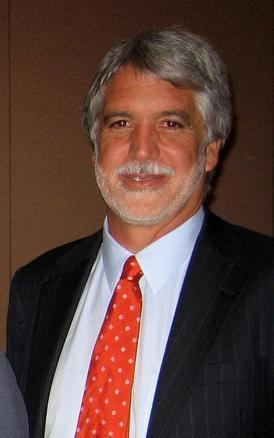
In 1991, he decided to run for mayor of Bogotá with the same tactics he used to gain his seat for Congress, without the support of any politicians and just by doing face-to-face contact while touring the city walking, biking or riding on public transportation. He ran against Jaime Castro Castro who ultimately won the election. In 1994, he ran for a second time against Antanas Mockus, who defeated him by a large margin.
Mayor of Bogotá
In 1997, he ran a third time, now facing Carlos Moreno de Caro winning by a close margin of votes. Peñalosa received from Mayor Mockus a city in good fiscal condition and with a District Council that was mostly independent.
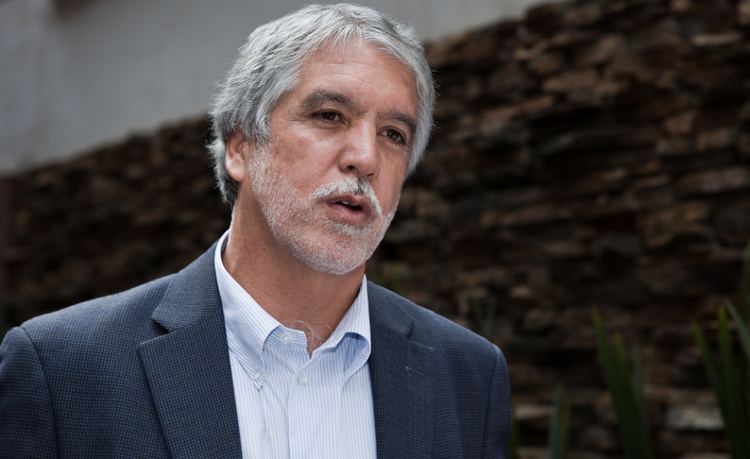
Peñalosa included many of his political friends in his cabinet including long time friend Carlos Alberto Sandoval, who had worked with him in Barco's presidency, who he appointed as Secretary of Economy, and Gilma Jiménez in the Family Welfare Institute. Enrique's brother, Gil Peñalosa, became Commissioner of Parks.
During his mayorship he developed five megaprojects: the bank of lands, the District's system of Parks (including the Bogotá's Bike Paths Network), the District's system of libraries, the Transmilenio mass transit system, and road construction and maintenance. The impact of Peñalosa and Antanas Mockus on the development of Bogotá is described in a documentary film released in October 2009 with the title Bogotá Change. It is promoted as being "the story of two charismatic mayors, Antanas Mockus and Enrique Peñalosa who, with unorthodox methods, in less than 10 years turned one of the world's most dangerous, violent and corrupt capitals into a peaceful model city populated by caring citizens. Mockus and Peñalosa along with key members of their staff as first hand witnesses, the film uncovers the ideas, philosophies and strategies that underlie the changes in Bogotá and which are now being exported to cities worldwide."
Controversy during his first term
Peñalosa was the third in a series of three mayors who vastly changed the face of the city. Mayor Jaime Castro finished his term with low popularity, but was able to reform the city's financial structures. This led to a period of budgetary surpluses, which continued during Antanas Mockus term. Mockus began an important change in Bogotá's civic culture with his Cultura Ciudadana (Citizen Culture) campaign, which encouraged civic behavior and strived to create a sense of belonging for the inhabitants of the city.
Peñalosa's five biggest changes during his period were: the relocation of informal vendors who occupied the public zones and streets, the improvement of all the city parks and the construction of several new ones, the entire renovation of some of the most important avenues of the city such as the Avenue 15 and the Autopista Norte, the removal of cars from sidewalks by raising them and installing bollards, and starting construction on the TransMilenio (Mass Transit System), but during his term less than half of the project was built, the second phase was the responsibility of Luis Eduardo Garzon, his successor, and the third phase is at risk of not being completed because of the new mayor's plans of constructing a Metro system.
Some of his policies were unpopular with certain sectors of the city. Among these were his intent to buy the Country Club of Bogotá to build a public park. He also faced problems when he installed bollards along some avenues in highly congested sectors to prevent cars from parking on the sidewalk in front of the buildings and shops. Peñalosa also lost popularity, but improved the city's mobility, by introducing the Pico y Placa, a restriction on the rush hour circulation of private vehicles. (Pico y placa roughly translates to "rush hour and license plate"; during rush hour licence plates ending with a given number couldn't circulate on a specific days of the week, four ending numbers each day, thus about 40% of the vehicles). The construction of the city "Cicloruta" (Translation for "Bike route or Bike way") which are little roads that run along some of the city's main avenues, was another great development of the city as an invitation for people to avoid using private motor vehicles, and to provide a cheap and healthy transportation route for those who didn't have access to one; but the terrains for the construction of some sections, specially those in front of domestic houses, were in the majority of the cases taken from people without their consent and with no remuneration. The properties legal document wasn't edited either, which means in legal terms that those people still have that part of terrain, and pay taxes on it.
Candidate for a second term as Mayor
Although he was a possible candidate for the 2010 Colombian presidential election and led the Por el Pais que Queremos Foundation (PPQ), Spanish for "For the Country we Want", he chose to run again for mayor in 2007. He was defeated by Alternative Democratic Pole candidate Samuel Moreno by 15 percentage points.
In 2011, Peñalosa decided to run his candidacy again for the Bogotá city hall, but this time, as the official candidate for the Colombian Green Party. He lost the election to Gustavo Petro who won the mayoral race with 32% of the vote against 25% for Peñalosa.
In 2015 he won the mayoral elections with 33% of the votes, defeating former labour minister Rafael Pardo Rueda.
Presidential candidate
Peñalosa ran for elections in the 2014 presidential election. He represented the Green Party and his Vice Presidential candidate was Isabel Segovia a former Vice Minister of Education.
Doctoral and master degree claims scandal
Enrique Penalosa claimed that he earned a Diplôme d'études supérieures spécialisées (DESS) at the University of Paris. He also claimed this title was repeatedly misinterpreted as a PhD. However, further investigation into his claims revealed that he never attended classes in the University of Paris, but he did attend class as an auditeur (listener) at another school, the Institut international d’administration publique (also known as École nationale de la France d'outre-mer), which in 2002 was merged into École nationale d'administration.
The scandal was triggered by an article published in the Colombian newspaper El Espectador, which reported in April 2016 that Peñalosa did not have a doctoral degree as had been widely reported in news media, and as was claimed in some of his books. El Espectador discovered that Peñalosa did not hold such a distinction after contacting the University of Paris which confirmed that the University did not offer any academic program that would grant a PhD in Public Administration. The magazine Semana also reported that during the swearing-in ceremony of the Mayor on January 2016, a leaflet had been circulated among news media that presented Peñalosa as a PhD of Public Administration, which the mayor dismissed as typing errors by someone in his team. However, according several reports Penalosa has been lying about his doctorate and master for 35 years. Additionally, in an interview with the Brazilian newspaper O Globo, Peñalosa had directly stated that he held a PhD in public administration.
